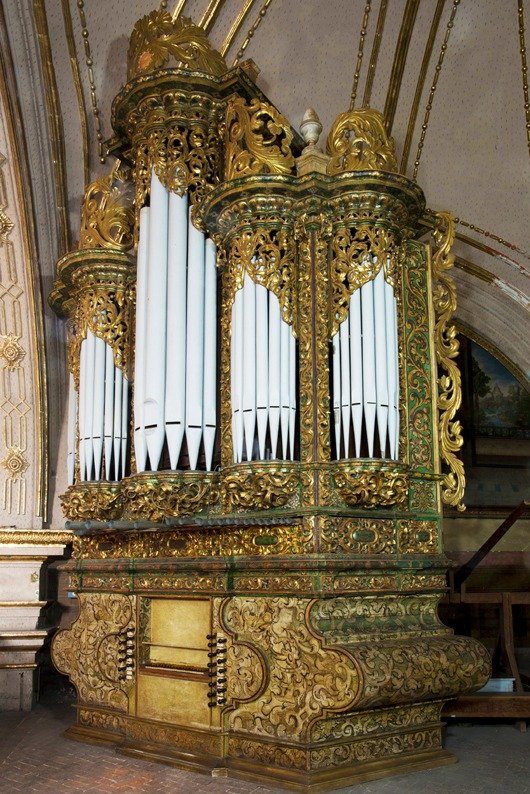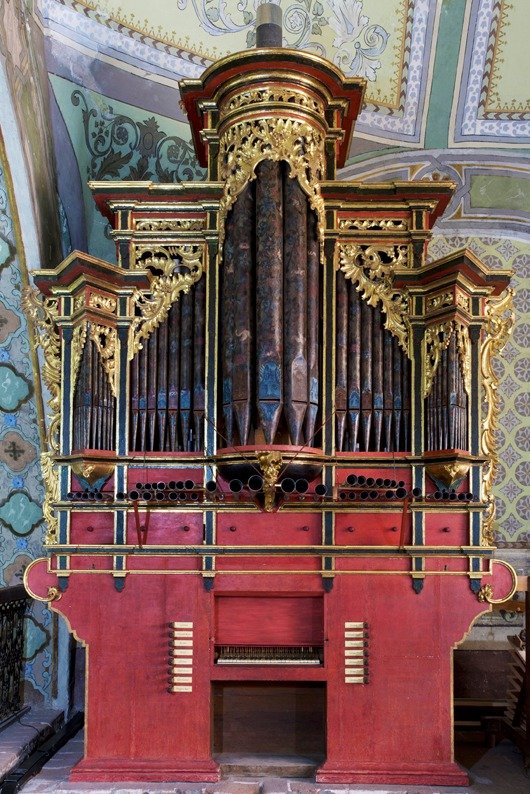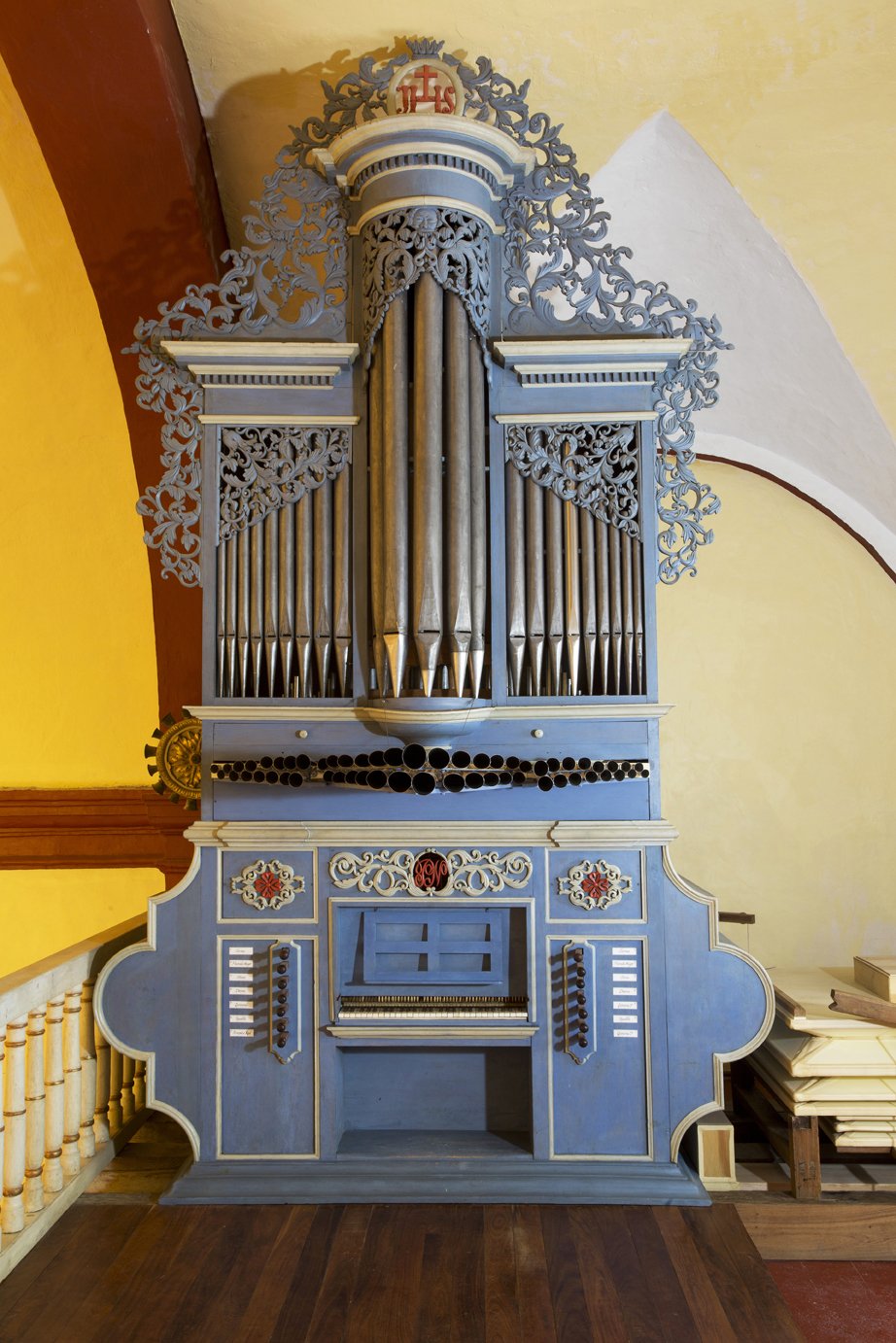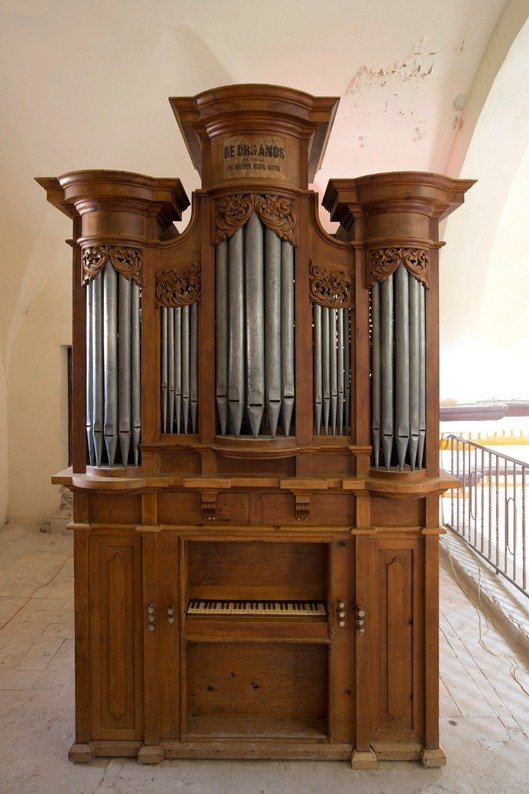
Instituto de Órganos Históricos de Oaxaca
Oaxaca: Mexico’s cultural treasure
The state of Oaxaca is one of the most culturally rich areas in the world. Its imposing archeological sites, splendid colonial art and architecture, linguistic diversity, stunning geography, vibrant folk traditions, fine handicrafts, modern art, and celebrated regional cuisine highlight the variety of attractions offered by this southeastern Mexican state. Now another treasure may be included in Oaxaca’s cultural panorama: one of the most intriguing collections of historic pipe organs in the Americas.
The pipe organs are a unique aspect of Oaxaca’s cultural heritage
Seventy-one organs built between 1703 and 1891 remain today as evidence of a glorious musical past when Oaxaca, after Mexico City and Puebla, was the third most important center of music in New Spain. In recent years these organs have been recognized as yet another manifestation of Mexico’s tangible (the object) and intangible (the sound) cultural heritage. As a group, they are older than organs in other Mexican states, with nearly half of them dating from the 18th century.
Conservation and Restoration
These instruments have fascinated experts for years, since they preserve elements of Iberian baroque design at the same time that they developed features particular to Oaxaca. Beginning in the 1990s, a more general awareness and appreciation of the organs has led to conservation and restoration projects, as well as to their increasing use in the liturgy, local celebrations, concerts, and festivals.
Eleven organs are now playable
Although many hundreds of organs have existed in Oaxaca since the first one was documented in 1544, over the course of time most of them have been lost due to normal deterioration, natural disasters, neglect, and/or willful destruction. Eleven organs have been either restored, reconstructed, or repaired since 1991, more than in any other Mexican state.
Restored Oaxaca Organs

Oaxaca Cathedral (1712)

Basílica de la Soledad (1719)

Santo Domingo Yanhuitlán (ca. 1715-1720)

San Andrés Zautla (1726)

Santa María Natividad Tamazulapan (ca. 1720-1730)

San Jerónimo Tlacochahuaya (before 1735)

Santa María Asunción Tlacolula (1792)

Santa María Asunción Tlaxiaco (ca. 1794)

San Matías Jalatlaco (1866)

San Pedro Zapotitlán Lagunas (1885)

Santo Domingo Tepelmeme (1891)
Our Mission
Founded in the year 2000, the Instituto de Órganos Históricos de Oaxaca* (Institute of Oaxaca Historic Organs) is committed to:
• Assure that the restored organs are played and maintained regularly
• Reintegrate the organs into the liturgy and the present-day life of their communities
• Protect, conserve, and document the unrestored organs
• Offer musical and technical training at the local level
• Promote the organs through concerts, festivals, publications, conferences, and recordings
• Increase knowledge about the organs through archive and community research
• Emphasize the importance of the organs as part of the national and international cultural heritage
*known by its acronym as the “IOHIO” pronounced YOYO
We believe that the historic pipe organs merit protection and respect. These multifaceted instruments still delight us with their rich sound, their charming appearance, and their complex mechanism. In addition, they represent a link to the past, reminding Oaxaca communities today of the commitment of their ancestors in financing the construction of these organs for their churches.
